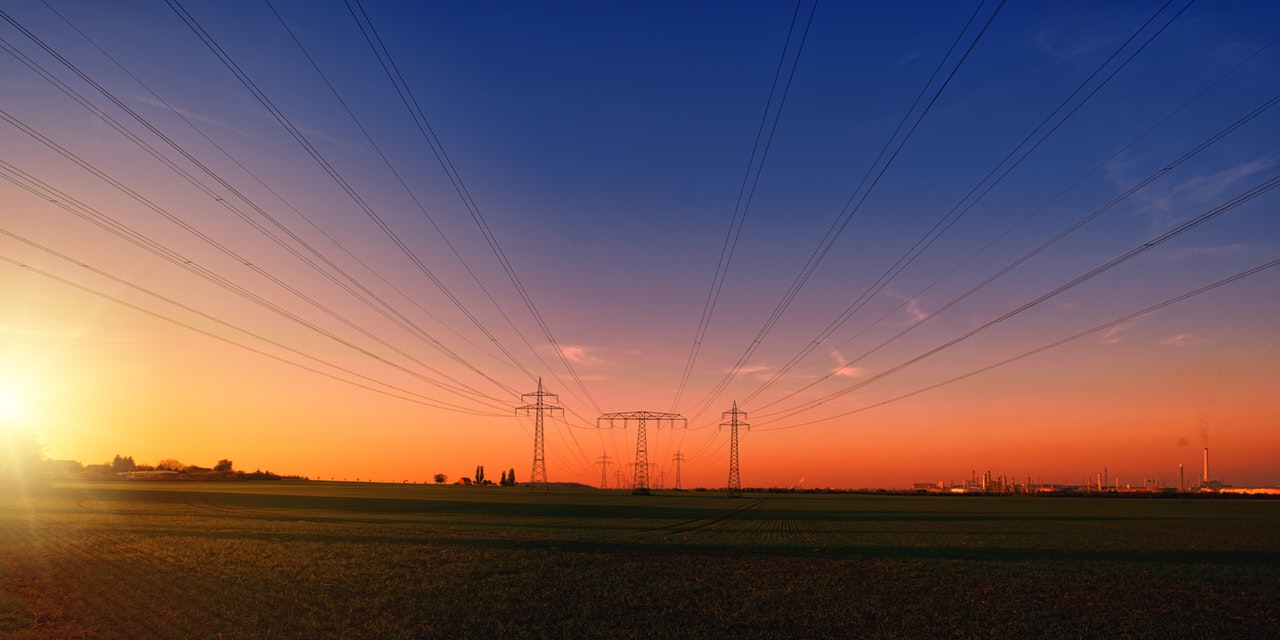
We get instant access to electricity in this lifetime that we very often take this resource for granted. In fact, the entire electricity generation and distribution process is complex and expensive. How exactly does fuel turn to energy that powers your home?
Electricity Generation in the Power Plant
Sources of Energy
Though use of traditional sources for electricity continues to go down in favor of renewable energy, coal still comprises the highest percentage of power fuels in the country. Natural gas, nuclear energy, and clean energy like solar, hydroelectricity, and wind power are still less than 15% of the total are likely to overtake coal if the current usage trends continue.
Electrical Generator
In the power plant, the production of electricity really starts with the spinning electrical generator. The spinning generator can be a water wheel, a diesel engine, a gas turbine, or in most cases a steam turbine. Coal, gas, or another fuel from the list above causes the motion of the generator, which in turn generates power.
Regardless of the source, spinning generators generally produce 3-phase alternating current (AC) for commercial power plants. Direct current (DC), which is produced by batteries, is also being tested for possible plant storages. In the meantime, AC is the prevalent type of power produced by electrical providers. Aside from being the main type of electricity in households, AC is also preferred for other substantial reasons:
- In terms of operations, important components of the power grid like transformers only function with alternating current
- Financially, transforming alternating current to direct current is economical, but extremely expensive to do the other way around
- Regarding process, AC is easier and faster to generate than DC. Creating the former will involve time-consuming addition steps.
Transmission of Power Through SubStations
From the generator in the power plant, the produced energy travels to the transmission substation. In this substation, electricity is pumped up to reach higher voltages so that it can travel across long distances in the transmission lines. The usual voltage of electricity in this part of the power grid ranges from 155,000 to 765,000 volts.
Distribution Through the Power Grid
From the long distance transmission grid, power enters into the distribution lines which connects directly to household electrical conduits. Since energy is about ro reach household systems at this point, voltage is again stepped down to roughly 10,000 volts. Electricity generation and distribution requires infrastructure that easily span more than 300 miles apart, from the power plant to the household circuits.
Powering Your Home
From the main distribution lines, power is taken by distribution buses and taken to local lines. Before energy enters household, it is collected in drumlike transformers usually located underground or on poles outside the house.
In the transformer, energy is again converted into much lower voltage to match your home’s 120 and 240 volts appliances. A metering system counts the amount of energy that gets discharged with your consumption and communicates it to the provider. The rest, of course, is totally familiar monthly history.
Sustainable Energy Generation and Distribution from Conscious Consumption
Understanding electricity generation and distribution through the power grid may be schoolkid knowledge. Still, it’s sobering to be reminded of the long process, the massive infrastructure, astounding technology, and hefty costs that go into powering every electronic item in the house, which is practically everything from heating system to toaster and blender. With this conscious mindset, it’s much easier to make energy generation and consumption more efficient and sustainable.

